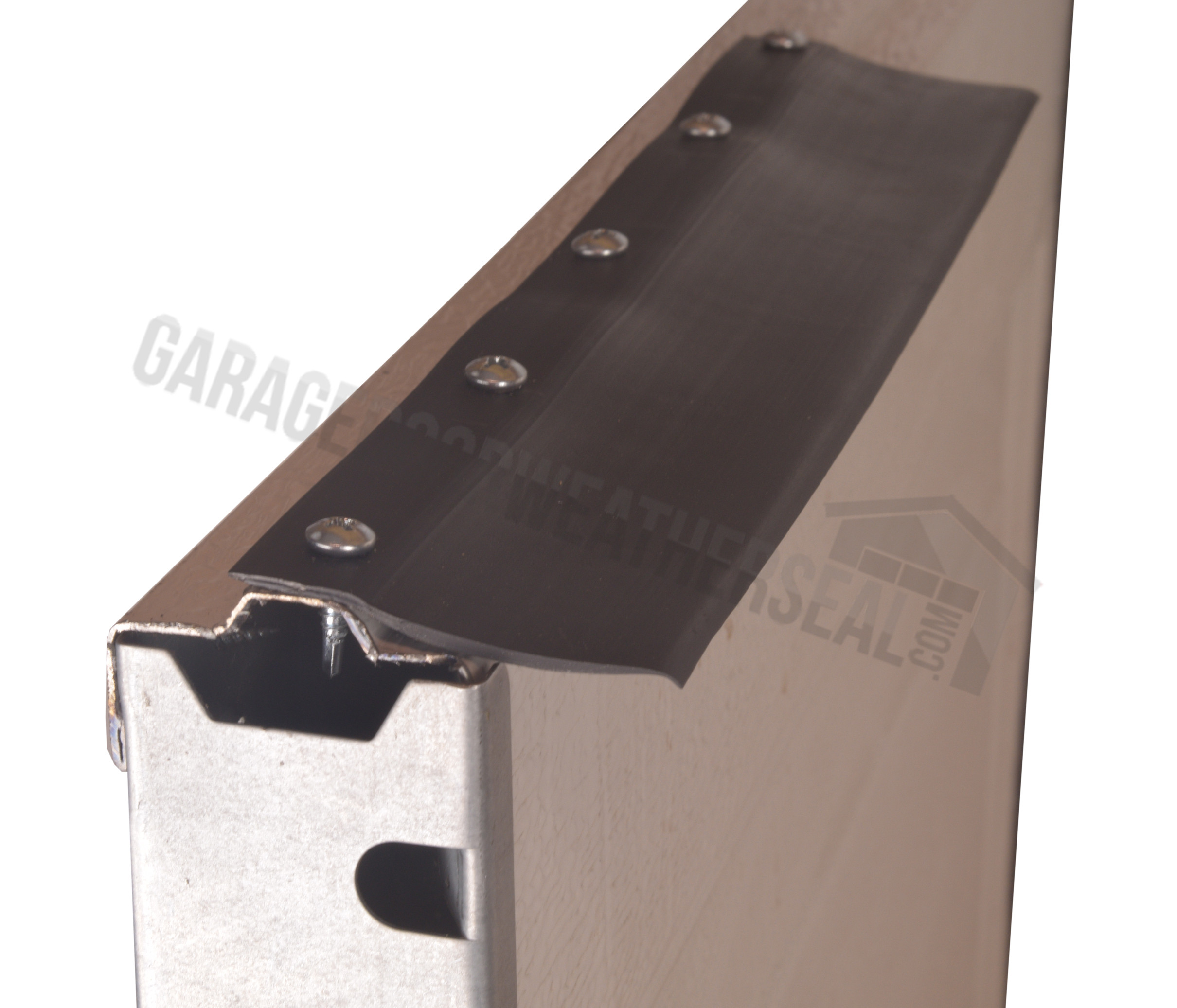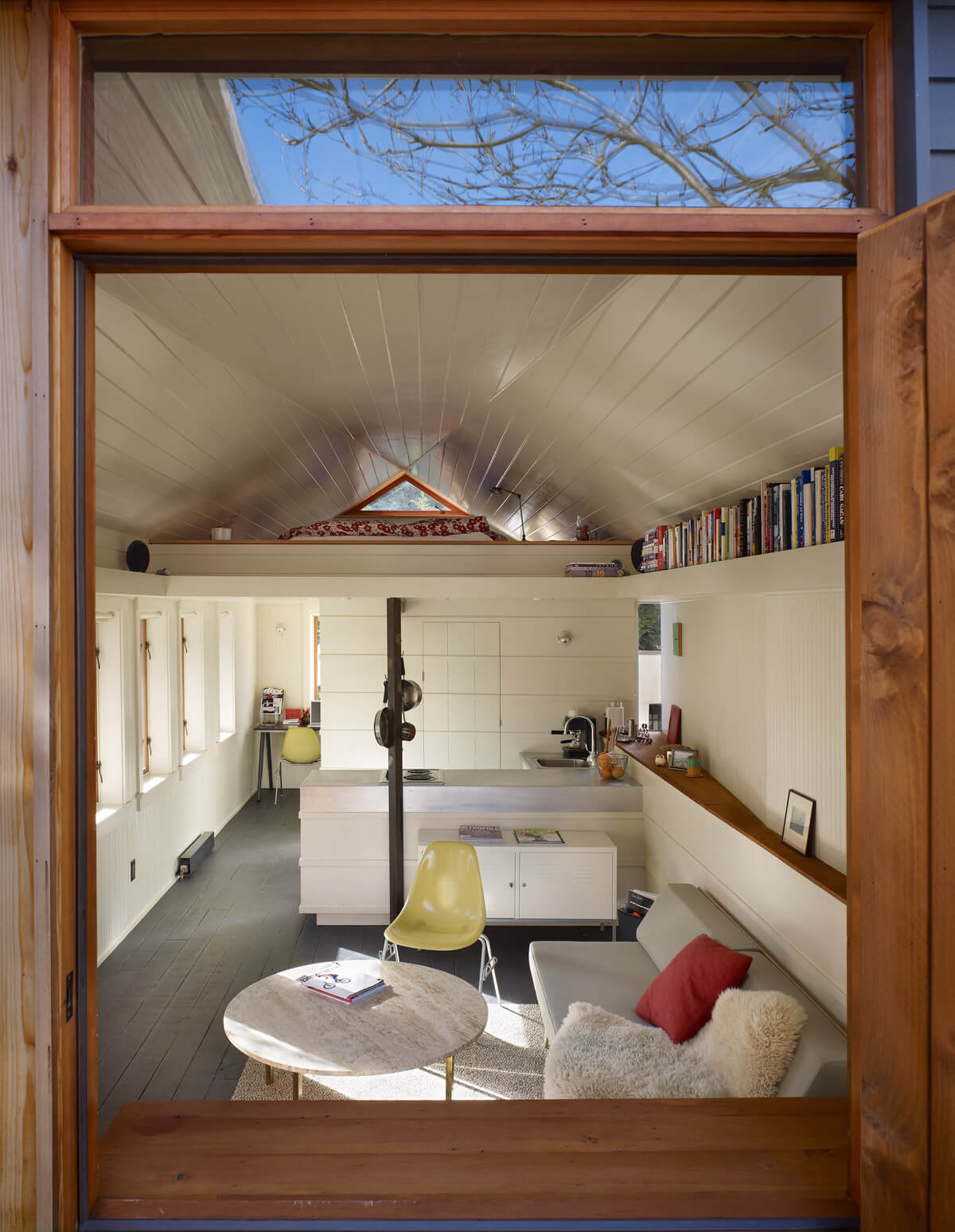
Garage shelving can be used to organize your belongings, no matter if you're doing a DIY job or simply have lots of stuff that needs a permanent home. Garage shelving comes in a wide variety of styles, materials, and price ranges. A custom-built storage solution may be the best for you depending on your storage needs. A custom-built storage system can be tailored to your garage and installed flawlessly.
The weight capacity is an important factor to consider when purchasing garage shelving. A high-weight capacity shelving is the best option, especially if you have heavy items to store. This will keep the shelf from sliding or splintering and will also ensure that the item is securely held in place. You'll also want to consider the type of construction. There are many choices, including metal, plastic, or wood. Metal is a sturdy and long-lasting choice. There are many options for units that can be mounted and freestanding. Some units have wheels which allow you to move around more easily.
Another advantage of garage shelving is the fact that it can increase storage space. If you are looking to store large quantities of things, you might consider a unit with adjustable shelves that can accommodate different sizes. Adjustable shelving is usually better than stationary models.

Shelving can come in a variety materials from metal to plywood. It's a good idea to pick a shelf that can be cleaned with an all-purpose cleaner. To prevent spills from staining your shelves, cover them with a sheet. You should remember that certain shelving units are more resilient to staining than others.
Another popular material for garage shelving is particle board. However, particle board has a lower stability than metal. It is worth looking into steel shelving. Steel shelving is a good choice because it can withstand heavy loads and can hold heavier items. It is not easy to clean particleboard. You can cover your shelves with plastic sheets or contact paper.
Garage shelving made of metal can be strong and can support a large weight. The best metal shelving systems include wheels. These are more portable than the freestanding ones. You can move the wire shelving unit around easily with the wheels included in most units.
MDF and plastic are also popular choices for garage shelving. These units are easier to clean than metal but are less durable. Check the manufacturer's cleaning instructions before shopping. Typically, you'll need to use an all-purpose cleaner or degreaser to get the shelving looking clean.

Lowe's offers many options for garage shelving that you might not be comfortable installing. Lowe's has a wide range of shelving styles that are easy to put together.
FAQ
How much would it take to gut a house and how much to build a brand new one?
A home's contents are removed, such as walls, floors, ceilings and plumbing. It is often done when you are moving to a new location and wish to make some improvements before you move in. Gutting a home is typically very expensive because so many things are involved in doing this work. The average cost to gut home ranges from $10,000 to $20,000, depending on your job.
The process of building a home involves the construction of a house from one frame to another. Next, the builder adds walls, flooring and roofing. This is typically done after purchasing lots and lots of lands. Building a home is normally much less expensive than gutting, costing around $15,000-$30,000.
It comes down to your needs and what you are looking to do with the space. If you want to gut a home, you'll probably need to spend more because you'll be starting over. However, if you want to build a home, you won't have to worry about ripping everything apart and redoing everything. Instead of waiting for someone to tear it down, you can make it exactly how you want.
Are there any savings on a remodel of a bathroom or kitchen.
Remodeling a bathroom or kitchen can be expensive. However, when you consider how much money you pay each month for energy bills, upgrading your home might make more sense.
It is possible to save thousands every year with a simple upgrade. A few easy changes like adding insulation to ceilings or walls can reduce heating/cooling costs by as much as 30%. Even a modest addition can improve comfort and increase resale value.
The most important thing to keep in mind when planning for renovations is to choose products that are durable and easy to maintain. Materials like porcelain tile, solid wood flooring, and stainless-steel appliances will last longer and need fewer repairs than vinyl countertops.
You might also find that replacing old fixtures by newer models can reduce utility expenses. Installing low-flow faucets or showerheads can cut water use by up to 50%. Replacing inefficient lighting with compact fluorescent bulbs can cut electricity consumption by up to 75 percent.
Why remodel my house when I could buy a new home?
While houses may get more affordable each year, the square footage you pay is still the same. Even though you may get a lot of bang for your buck, you also pay a lot for that extra square footage.
A house that isn't in constant maintenance costs less.
You can save thousands by remodeling instead of buying a new home.
By remodeling your current home, you can create a unique space that suits your lifestyle. Your home can be made more inviting for you and the family.
What should you do with your cabinets?
It all depends on whether you are considering renting out your home or selling it. If you intend to sell your home, you will likely need to remove and refinish cabinets. This gives buyers an impression of brand new cabinets, and it helps them imagine their kitchens after they move in.
If you are looking to rent your house, it is best to leave the cabinets as-is. Tenants often complain about having to clean up dishes and fingerprints from previous tenants.
You might also think about painting your cabinets to make them appear newer. Use a high-quality primer. Low-quality paints are susceptible to fading over time.
How much does it cost for a shower to be tiled?
It's worth spending a lot if you plan to do it yourself. Full bathroom remodels are an investment. However, quality fixtures and materials are worth the long-term investment when you consider how beautiful a space will be for many years.
The right tiles can make all the difference in how your space looks and feels. So whether you're planning a small project or a major renovation, here's a quick guide to help you choose the best products for your home.
First, choose the flooring type you wish to use. There are many options for flooring, including ceramics, porcelain, stone and natural wood. Next, choose a style such as a classic subway tile or a geometric pattern. The last step is to choose a color scheme.
It is important to match the tile to the rest in a large bathroom remodel. You might choose white subway tiles in the bathroom and kitchen, but use darker colors in other rooms.
Next, calculate the project's size. Are you ready to renovate a tiny powder room? Or, would you rather have a walkin closet in your master bedroom?
Once you have determined the scope of your project, go to local shops and look at samples. This will allow you to get a feel for how the product is assembled.
Finally, shop online for great deals on ceramic and porcelain tiles. Many retailers offer free shipping or discounts on bulk orders.
How long does it usually take to remodel your bathroom?
Remodeling a bathroom typically takes two weeks to finish. This can vary depending on how large the job is. You can complete smaller jobs like adding a sink or vanity in a few days. Larger projects, such as removing walls and installing tile floors, and plumbing fixtures, can take several days.
Three days is the best rule of thumb for any room. For example, if you have four bathrooms you would need twelve days.
Statistics
External Links
How To
How can you budget for a bathroom?
You must ensure you have the financial ability to pay for any remodeling project. If you can't afford it now, how will you be able to pay later?
You need to be able to budget and plan for bathroom remodeling. Bathroom remodeling projects can be quite costly.
Labor is one of the largest expenses. Labor costs can vary depending on whether the job is large or small and whether you use a professional contractor. Professional contractors are usually more expensive than DIYers because they have the experience and expertise.
Materials are another big expense. Materials can cost anywhere from $100 up to $1000 per squarefoot, depending on what material you choose.
There is also the cost to energy. This includes both electricity and gas bills. Peak demand times are when energy prices tend to increase.
You also have to consider the time required to complete the project. Bathroom renovations are usually a time-consuming project that requires patience and patience. While some projects may take several weeks to complete, others may take months.
Apart from these three major categories, small items such as wallpaper, paint, and flooring add to project's overall costs.
Here are some tips for bathroom remodeling projects:
-
Determine your budget - Before beginning any remodeling project you need to know what you can afford. It doesn’t matter if your budget is tight or not. The key is to set a realistic budget, so you know exactly where you stand financially.
-
Plan Ahead: If you can, plan for your bathroom remodel to take place in the off-season. Lower energy usage in winter means you'll save money on heating or cooling. It is possible to schedule your remodel at night, when the majority of people use the bathroom.
-
Shop Around - Once you have determined your budget, you need to look around for potential vendors. There are many options for you. These include local businesses, online sellers, friends, family, and even relatives who may be willing or able to work with your project.
-
Select an Estimator - After you have identified potential vendors, contact each one to obtain estimates. It is important to get multiple quotes in order to receive the most competitive pricing.
-
Get Multiple Estimates - After receiving your initial estimates, you should compare them against one another to see which vendor offers the lowest price. After you have selected the vendor, ask them for a written estimate.
-
Be sure to include all costs - Include everything you will spend on the project when you prepare an estimate. Particularize on any fees, taxes, permits or other requirements that may be applicable to your area.
-
Don't ignore the small details. While you are planning your bathroom renovation, you must also consider the finer points. For example, do you need a new toilet? Is there space for a curtain rod to hang from the shower? These changes can easily add to the project's total cost.
-
Take into account insurance - It is important that you check with your insurance company about the extent of your bathroom remodel to ensure you have sufficient coverage. Don't forget to check your insurance company if you haven't already. You may end up with additional costs.
-
Hire a Professional - Once your bathroom remodel is complete, you should always hire a professional to put in the final fixtures. You may be able handle the job, but it is more efficient to hire a professional to do the job properly.